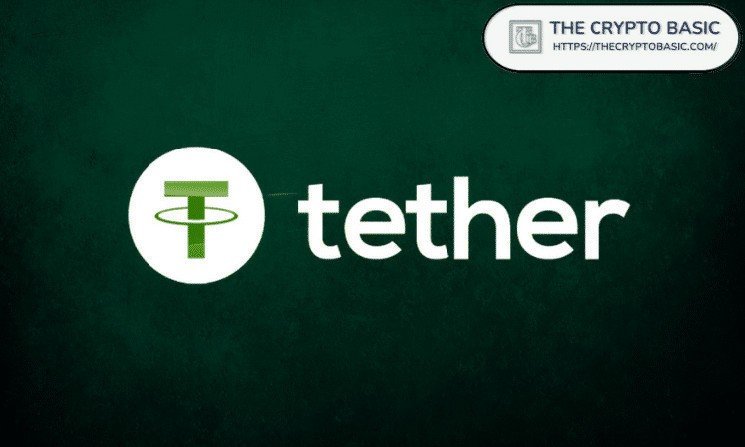Tether’s CEO, Paolo Ardoino, has emphasized that USDT on the Bitcoin Lightning network is the optimal choice amidst plans to incorporate the stablecoin onto the platform.
Ardoino regards USDT’s presence on the Bitcoin network as a return to its natural environment, recounting a brief history between the two entities. He further underscores why Bitcoin Lightning stands out as the ideal platform for large-scale USDT transactions, highlighting its superiority over other blockchains.
USDT Set to Arrive on the Bitcoin Lightning Network Soon
During an interview with Scott Melker, host of The Wolf of All Streets, Ardoino confirmed that the Tether stablecoin will soon be accessible on the Bitcoin network through its layer 2 Lightning network. Notably, he mentioned that USDT originated on this chain, with its protocol initially built as an Omni-layer on the Bitcoin network.
However, the issuer has since expanded beyond the network, halting USDT issuance on Omni due to low demand. Nevertheless, the stablecoin is poised to make a comeback on the Bitcoin network with the upcoming integration.
These developments follow an initial announcement of the collaboration on January 30. Crypto Basic reported that Lightning Lab and Tether have partnered to integrate USDT on the blockchain powered by Taproot Assets.
Ardoino Highlights Lightning’s Superiority Among Layer 2 Solutions
Ardoino emphasized that Bitcoin Lightning is the most suitable platform for conducting large-scale transactions using the USDT token. He pointed out issues such as single-share state and limited network validators as significant drawbacks of other L2 solutions compared to Lightning.
For instance, he noted that certain layer 2 networks, particularly on Ethereum, lack sufficient validators on the chain, leading to transaction complications. In contrast, the peer-to-peer Bitcoin Lightning utilizes nodes to facilitate transactions, ensuring their prompt processing.
Moreover, the Tether CEO highlighted the decentralized nature of Bitcoin Lightning in comparison to other chains.
By utilizing payment channels for both on-chain and off-chain transactions, users within an existing channel can maintain anonymity, unlike Ethereum L2’s single-share state where every validator has access to all individual data on the blockchain.
Meanwhile, Melker observed that innovations on other chains are gradually returning to Bitcoin. This trend is evident with Cardano EMURGO’s collaboration to enable Bitcoin network users to access decentralized finance (DeFi) and smart contract functionalities through the BOS Grail bridge.

